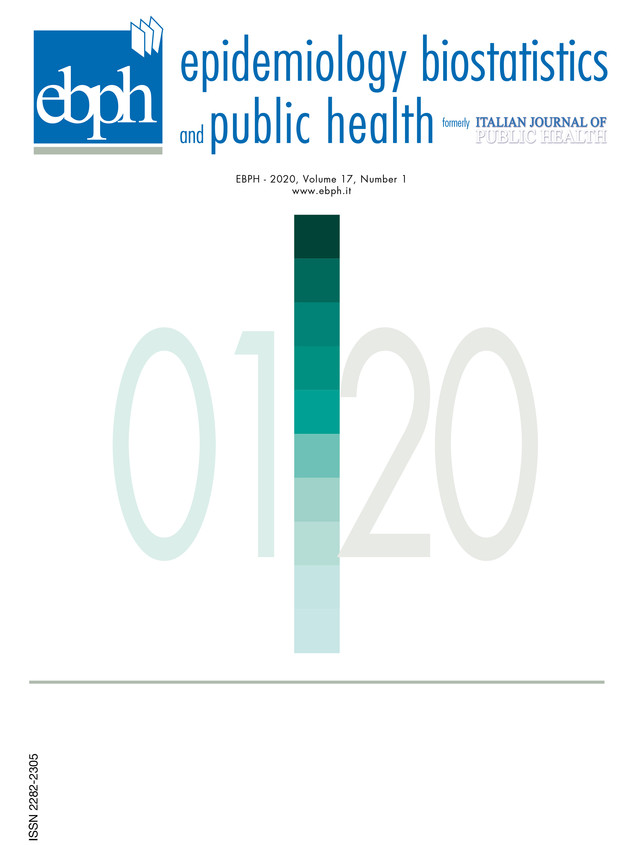Cost effectiveness of aortic valve therapies: a systematic review of the literature
DOI:
https://doi.org/10.2427/8872Abstract
Background: we performed a systematic review on the cost effectiveness of transcatheter aortic valve implantation (TAVI) to standard aortic valve replacement and medical management in high-risk elderly patients with severe aortic stenosis.
Methods: in accordance with Preferred Reporting Items for Systematic reviews and Meta-Analyses, a systematic review on current literature for cost-effectiveness of TAVI, standard aortic valve replacement, and medical management for elderly patients with high-risk severe aortic stenosis was performed. Incremental cost effectiveness ratio is used to measure effectiveness through life years gained or quality adjusted life years. Drummond checklist was used to further assess the quality of the included studies.
Results: the systematic literature search identified 4 primary publications (derived from 52 citations) that fulfilled the inclusion criteria. Tremendous discrepancy in incremental cost effectiveness ratio is demonstrated with operable patients similar to Cohort A of the PARTNER trial (€ 749 416 and € 39 577). Inoperable patients similar to Cohort B of the PARTNER trial suggest notable differences in favour for transcatheter aortic valve implantation with an increase in quality adjusted life years (0.06 versus 1.6, respectively). With lifetime horizon to transcatheter aortic valve implantation there is a more comparable incremental cost effectiveness ratio in the literature (€ 38 260 and € 37 432). Lowest incremental cost effectiveness ratio witnessed in the technical inoperable group at € 26 482. Lifetime horizon of 10 years with transcatheter aortic valve implantation differ (€ 39 388 versus € 19 947). Overall, a review of the literature suggests TAVI usage in patients for severe aortic stenosis whom are not eligible for surgery. All the studies were overall judged of medium-high quality.
Conclusions: transcatheter aortic valve replacement is more cost effective with a lifetime horizon for the treatment of patients with high-risk aortic stenosis compared with medical management considering those ineligible for standard aortic valve replacement. Further cost effectiveness research is needed in the stratifications of patient risk and patient co-morbidities for those candidates eligible for surgery.






